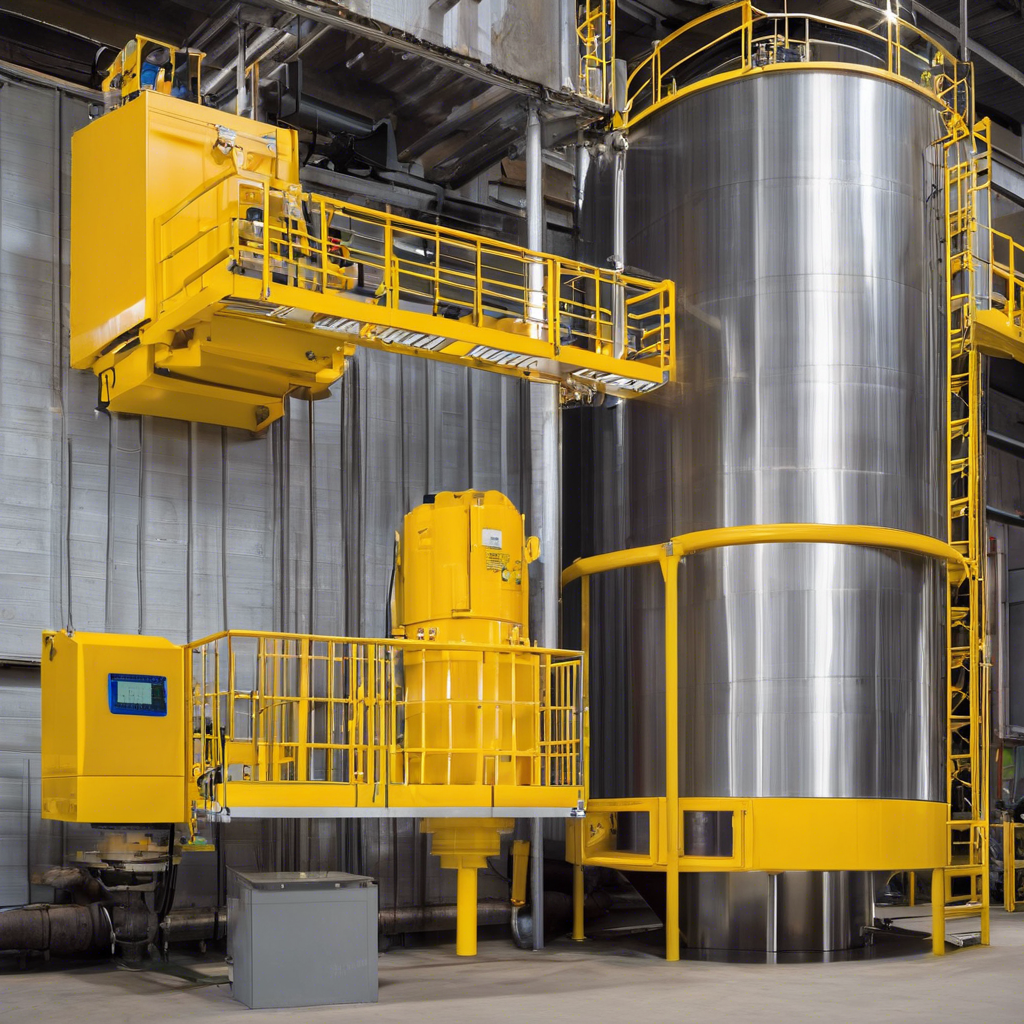Ultrasonic silo level measurement is a technology that plays a crucial role in various industries, from agriculture to manufacturing. This innovative method allows for accurate and reliable monitoring of material levels in storage silos, tanks, and containers. By utilizing ultrasonic waves, this technology provides real-time data on the level of contents without the need for physical contact, making it a safe and efficient solution for many businesses.
One of the key advantages of ultrasonic silo level measurement is its non-intrusive nature. Unlike traditional methods that require manual inspection or invasive probes, ultrasonic sensors can be easily installed on the exterior of the silo, eliminating the need for costly and time-consuming maintenance. This non-contact measurement also reduces the risk of contamination and ensures the integrity of the stored materials, making it an ideal solution for industries that require strict hygiene standards.
Furthermore, ultrasonic silo level measurement offers high levels of accuracy and reliability. By emitting ultrasonic waves that bounce off the surface of the material being measured, these sensors can provide precise data on the exact level of contents within the silo. This real-time information allows businesses to optimize their inventory management, prevent overfilling or shortages, and improve overall operational efficiency.
In addition to accuracy, ultrasonic silo level measurement is also known for its versatility. These sensors can be used in a wide range of applications, including measuring solids, liquids, and even powders. Whether it’s monitoring grain levels in a farm silo or tracking chemical levels in an industrial tank, ultrasonic technology can adapt to various environments and materials with ease, making it a flexible solution for many different industries.
Another key benefit of ultrasonic silo level measurement is its ease of installation and integration. These sensors are typically compact and easy to set up, requiring minimal technical expertise. Additionally, many modern ultrasonic systems come equipped with advanced features such as wireless connectivity and remote monitoring capabilities, allowing businesses to access real-time data from anywhere, at any time.
Moreover, ultrasonic silo level measurement is a cost-effective solution for businesses looking to improve their inventory management processes. By providing accurate and reliable data on material levels, businesses can avoid unnecessary waste, reduce operational costs, and streamline their supply chain operations. This technology not only helps businesses save money but also enhances their overall productivity and competitiveness in the market.
Furthermore, ultrasonic silo level measurement contributes to improved safety standards in industrial settings. By enabling remote monitoring of material levels, businesses can minimize the risk of accidents caused by overfilling or underfilling of silos. This proactive approach to safety not only protects workers and equipment but also ensures compliance with regulatory requirements, creating a secure work environment for all stakeholders involved.
Additionally, ultrasonic silo level measurement supports environmental sustainability efforts by promoting efficient use of resources. By accurately monitoring material levels and minimizing waste, businesses can reduce their environmental impact and contribute to conservation efforts. This technology aligns with the growing trend towards eco-friendly practices in industries worldwide, making it a valuable tool for businesses committed to sustainability and responsible resource management.
In conclusion, ultrasonic silo level measurement is a cutting-edge technology that offers numerous benefits to businesses across various sectors. From its non-intrusive and accurate measurement capabilities to its versatility and cost-effectiveness, this technology has revolutionized the way industries monitor and manage their storage facilities. By embracing ultrasonic silo level measurement, businesses can enhance their operational efficiency, improve safety standards, and contribute to sustainable practices, positioning themselves for long-term success in a competitive market landscape.
